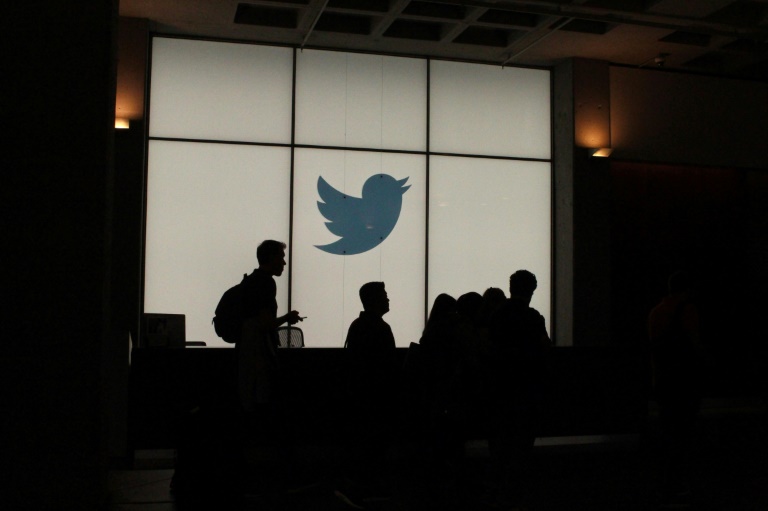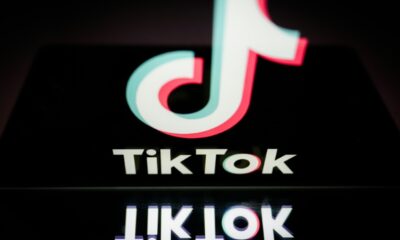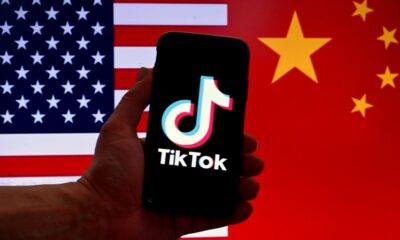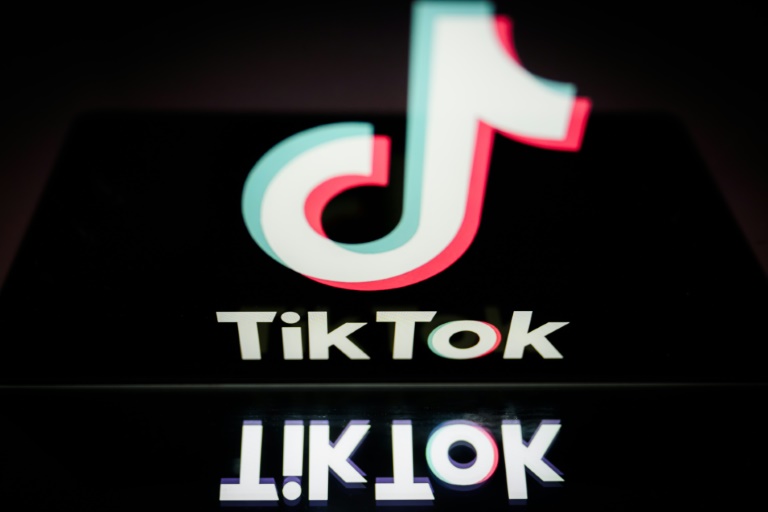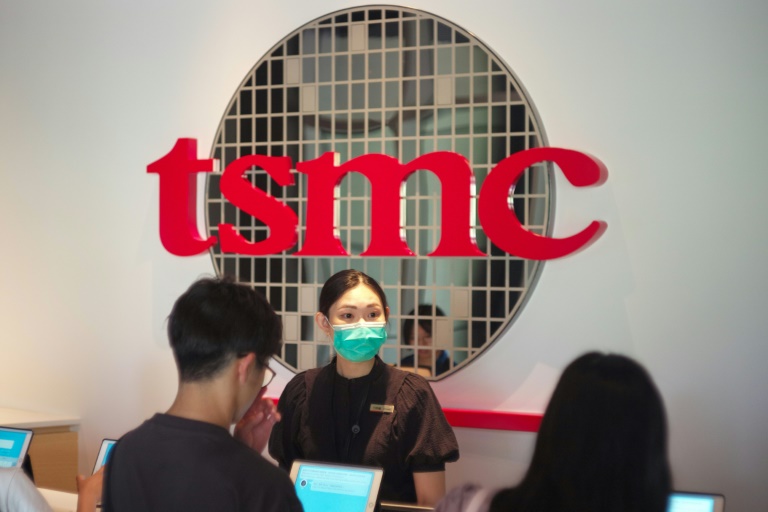The whirlwind week that Elon Musk took over Twitter began with sleepless nights for company engineers — and ended with half the staff getting the axe.
“It was a strange week,” said one former employee speaking on condition of anonymity.
“Executives were getting fired or were resigning, but there was basically no official communication until 5 pm Thursday,” some seven days after the deal was officialized.
The employees received a first email Thursday informing them that they would know their fate the next day. On Friday, the second email confirmed the rumors: 50 percent of the staff lost their jobs.
The cull hit the marketing department hard, took two-thirds of the design department, and maybe 75 percent of managers. Content moderation was somewhat spared, with a layoff rate of only 15 percent, according to Yoel Roth, head of safety at the platform.
After 24 hours without addressing the layoffs, Musk finally tweeted that “unfortunately there is no choice when the company is losing over $4M/day” and that all those who lost their jobs were “offered three months of severance.”
The layoff decision did not come as a surprise to employees — rumors had been growing — but they were shocked by how brutally it was carried out.
“People would find out not by any phone call or any email… but just by seeing their work laptop automatically reboot and just to go blank,” Emmanuel Cornet, a French engineer who had been at Twitter for a year and a half, told AFP on Friday.
– Class-action suit –
Cornet was dismissed Tuesday after being told in an email he had “violated” several company policies, without further explanation, after spending an entire weekend in the office on projects launched by edict of the new owner.
“I’m still trying to find out what the actual reason is,” he said.
The Tesla chief executive had engineers from his flagship company parachute in to assess the work of Twitter developers, examining in particular the volume of code produced by each, Cornet said.
He is one of five former Twitter employees who filed a class-action suit against the company on the grounds that they had not received the 60-day notice required by the 1988 federal Warn Act in the event of a plant closing or mass layoff.
The French expat said many laid-off colleagues were in an unenviable “position in terms of health insurance or visas.”
“Some were on parental leave. One colleague gave birth yesterday, only to be laid off today.”
Those laid off must continue to abide by the company’s rules during the notice period. Many fear that the new management will look for excuses to accuse them of misconduct and not pay them severance.
“If anyone says something disparaging, or does anything they can use to dismiss them for cause they’ll do that instead of severance,” said the former employee speaking anonymously.
– A summer exodus –
For six months, the platform’s employees were preparing for the possibility that the world’s richest man might take control.
He is preceded by his reputation, from the punishing work rates in his plants to his rejection of telecommuting, which is highly popular in the tech sector, and his absolutist vision of free speech, which his detractors claim can only lead to harassment, disinformation and a tolerance for hate speech.
This summer, more than 700 people left on their own, even before they knew whether the $44 billion acquisition would go through.
The radical change in corporate culture was confirmed as early as last Friday, when teams of engineers were mobilized to redesign certain features in a very short time, with their jobs on the line.
“There probably was too many layers of management… Twitter was not a well-oiled, efficient machine,” said the anonymous ex-employee. “But I don’t know if (the mass layoffs) is gonna fix it.”
“I think lots of people who remain now will leave, and maybe that’s what Elon wants,” he added.
“I feel sorry for anyone who didn’t get fired (to be honest). Elon will run those left into the ground with his hare-brained ideas,” reacted James Glynn, a London-based content moderation team leader who was laid off.
“Any kind of Twitter we knew before is dead.”

 Business4 months ago
Business4 months ago
 Business4 months ago
Business4 months ago
 Events6 months ago
Events6 months ago
 People4 months ago
People4 months ago
 Events3 months ago
Events3 months ago
